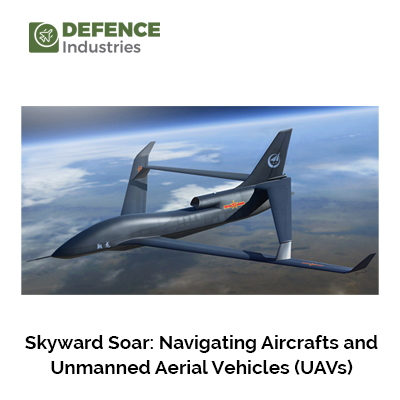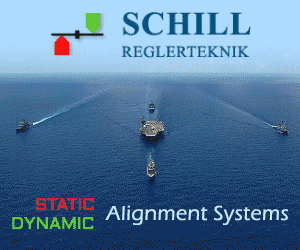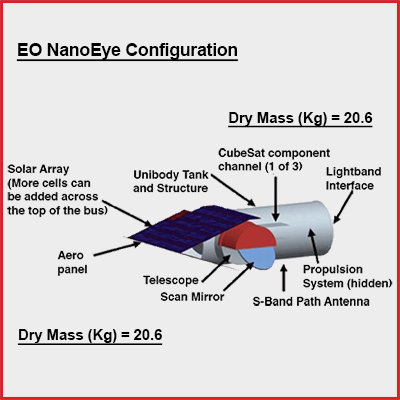Articles
Skyward Soar: Navigating Aircraft and Unmanned Aerial Vehicles (UAVs)

In the realm of aviation and aerospace technology, the concept of Skyward Soar represents a pivotal shift towards the integration and advancement of both manned aircraft and unmanned aerial vehicles (UAVs). This article delves into the intricacies of Skyward Soar, exploring its impact on aviation, the key players in this domain, technological innovations, regulatory challenges, and the future prospects of this rapidly evolving sector.
I. Evolution of Aviation and UAVs
The history of aviation dates back to the Wright brothers' first powered flight in 1903. Since then, the aviation industry has witnessed remarkable advancements in aircraft design, propulsion systems, navigation technologies, and safety measures. Concurrently, the development of UAVs, commonly known as drones, has revolutionized aerial operations across various sectors, including military, commercial, and recreational purposes.
II. Skyward Soar: Integrating Manned Aircraft and UAVs
Skyward Soar represents a paradigm shift in aviation, focusing on seamless integration and collaboration between manned aircraft and UAVs. This integration is driven by advancements in communication systems, real-time data sharing, and the emergence of sophisticated airspace management solutions. One of the key objectives of Skyward Soar is to enhance operational efficiency, safety, and scalability in aerial activities. By leveraging the capabilities of both manned and unmanned platforms, organizations can optimize mission planning, aerial surveillance, emergency response, and cargo delivery operations.
III. Key Players in Skyward Soar
Several companies and organizations are at the forefront of Skyward Soar initiatives, contributing to the development of integrated airspace management solutions and advanced UAV technologies. Some notable players include:
Boeing: A leading aerospace company, Boeing is actively involved in Skyward Soar projects, focusing on airspace integration, urban air mobility, and autonomous flight systems.
Airbus: Another major player in the aviation industry, Airbus is working on innovative UAV platforms and aerial mobility solutions, aligning with the principles of Skyward Soar.
DJI: Known for its consumer and professional drones, DJI is exploring opportunities to integrate its UAV technologies into Skyward Soar frameworks, especially in areas such as aerial photography, mapping, and inspection services.
NASA: The National Aeronautics and Space Administration (NASA) plays a crucial role in advancing airspace management technologies, collaborating with industry partners to enable safe and efficient integration of manned and unmanned aircraft.
IV. Technological Innovations in Skyward Soar
The success of Skyward Soar relies on continuous technological innovations that enhance the capabilities of both manned aircraft and UAVs. Some notable technological advancements include:
Advanced Communication Systems: High-speed data links and communication protocols enable real-time information exchange between manned aircraft, UAVs, and ground control stations, ensuring safe and coordinated operations.
Sense-and-Avoid Systems: Autonomous UAVs are equipped with sophisticated sense-and-avoid systems, including radar, lidar, and optical sensors, to detect and avoid potential collisions with other aircraft and obstacles during flight.
Flight Management Software: Integrated flight management software enables mission planning, route optimization, airspace coordination, and dynamic re-routing based on real-time weather conditions and airspace restrictions.
Collision Avoidance Algorithms: Machine learning algorithms and AI-based collision avoidance systems enhance situational awareness and decision-making capabilities, reducing the risk of mid-air incidents and improving overall flight safety.
V. Regulatory Challenges and Compliance
Despite the promising potential of Skyward Soar, regulatory challenges remain a significant hurdle in its widespread adoption. The integration of manned aircraft and UAVs requires clear airspace regulations, standardized protocols for communication and navigation, and robust safety measures to mitigate risks.
Regulatory agencies such as the Federal Aviation Administration (FAA) in the United States and the European Union Aviation Safety Agency (EASA) are actively working on regulatory frameworks that accommodate the integration of UAVs into controlled airspace while ensuring safety, security, and privacy. Compliance with regulatory requirements, including pilot training and certification, airworthiness standards for UAVs, flight authorization procedures, and airspace access protocols, is essential for the successful implementation of Skyward Soar initiatives.
VI. Future Prospects of Skyward Soar
Looking ahead, the future of Skyward Soar holds immense potential for transforming aerial operations across various industries. Some anticipated developments and trends include:
Urban Air Mobility (UAM): Skyward Soar is expected to drive advancements in urban air mobility, enabling on-demand aerial transportation services in urban and suburban areas using manned aircraft and autonomous UAVs.
Precision Agriculture: UAVs equipped with multispectral imaging and data analytics capabilities will revolutionize precision agriculture practices, allowing farmers to monitor crops, assess soil health, and optimize resource allocation with unprecedented accuracy.
Emergency Response and Disaster Management: Integrated airspace management systems will enhance emergency response capabilities, enabling rapid deployment of UAVs for search-and-rescue missions, disaster assessment, and infrastructure inspections in challenging environments.
Commercial Delivery Services: Skyward Soar will facilitate the expansion of commercial delivery services using UAVs, streamlining logistics operations, reducing delivery times, and optimizing last-mile deliveries in urban areas.
In conclusion, Skyward Soar represents a transformative vision for the future of aviation, combining the strengths of manned aircraft and UAVs to unlock new opportunities in aerial operations, mobility, and services. While facing regulatory challenges and technological complexities, the continued collaboration among industry stakeholders, regulatory agencies, and technology innovators will drive the realization of Skyward Soar's potential and shape the aviation landscape for years to come.









